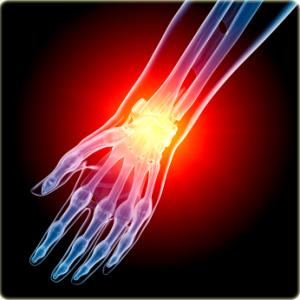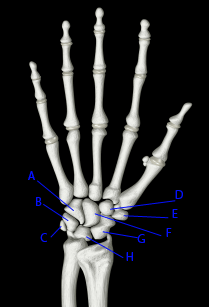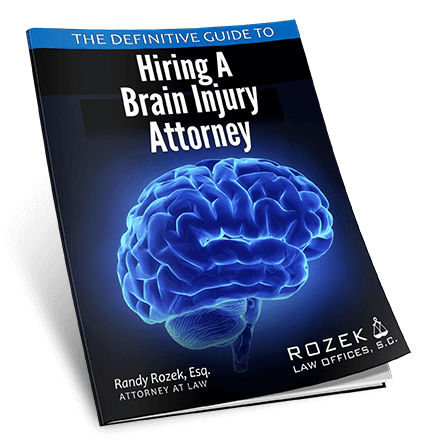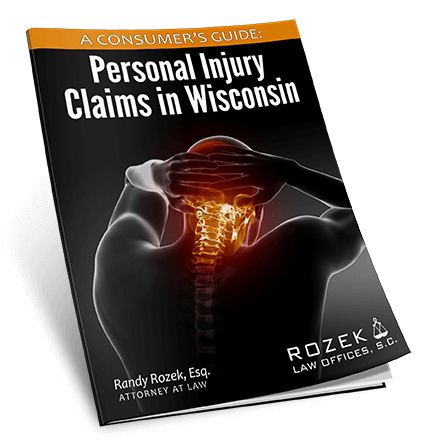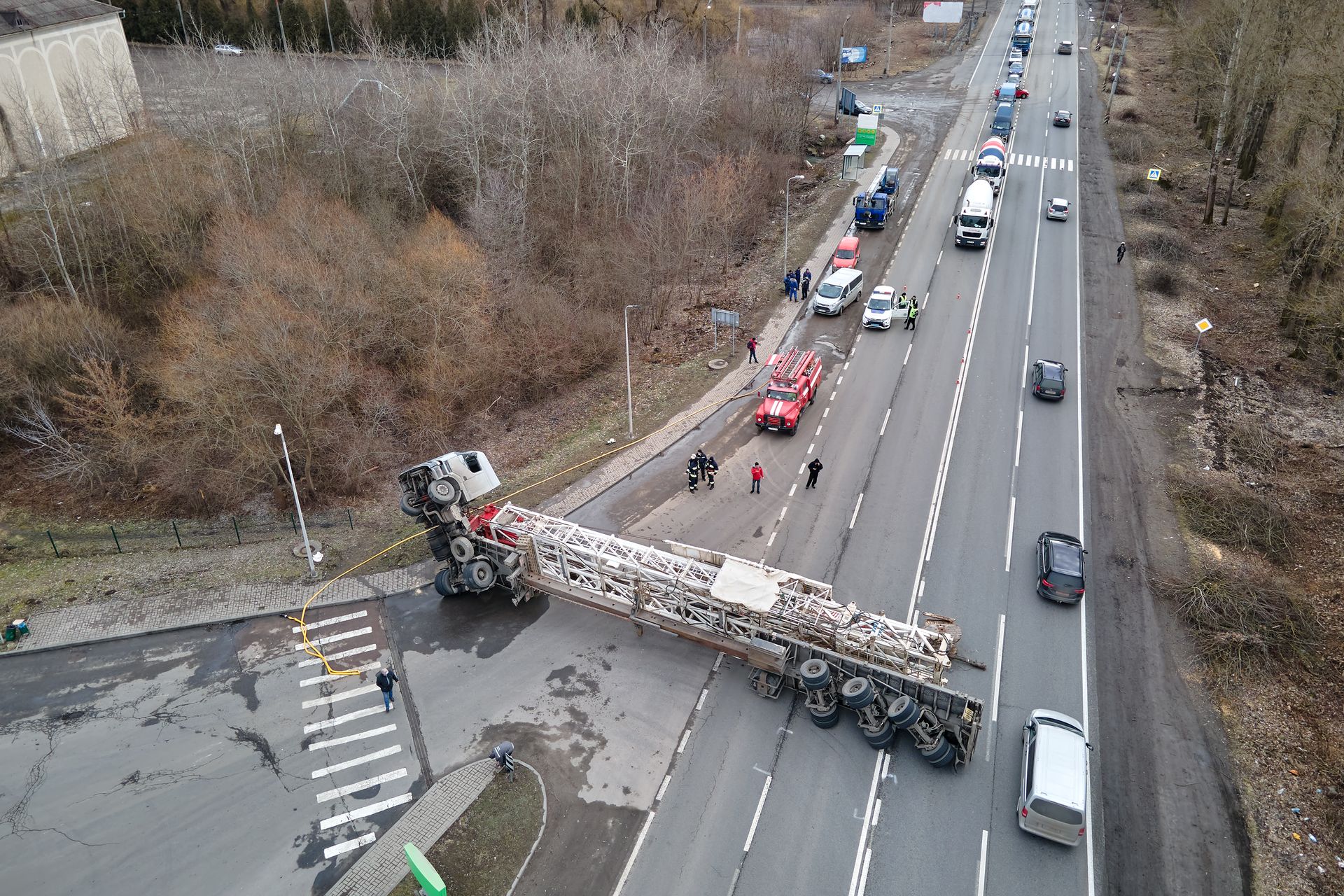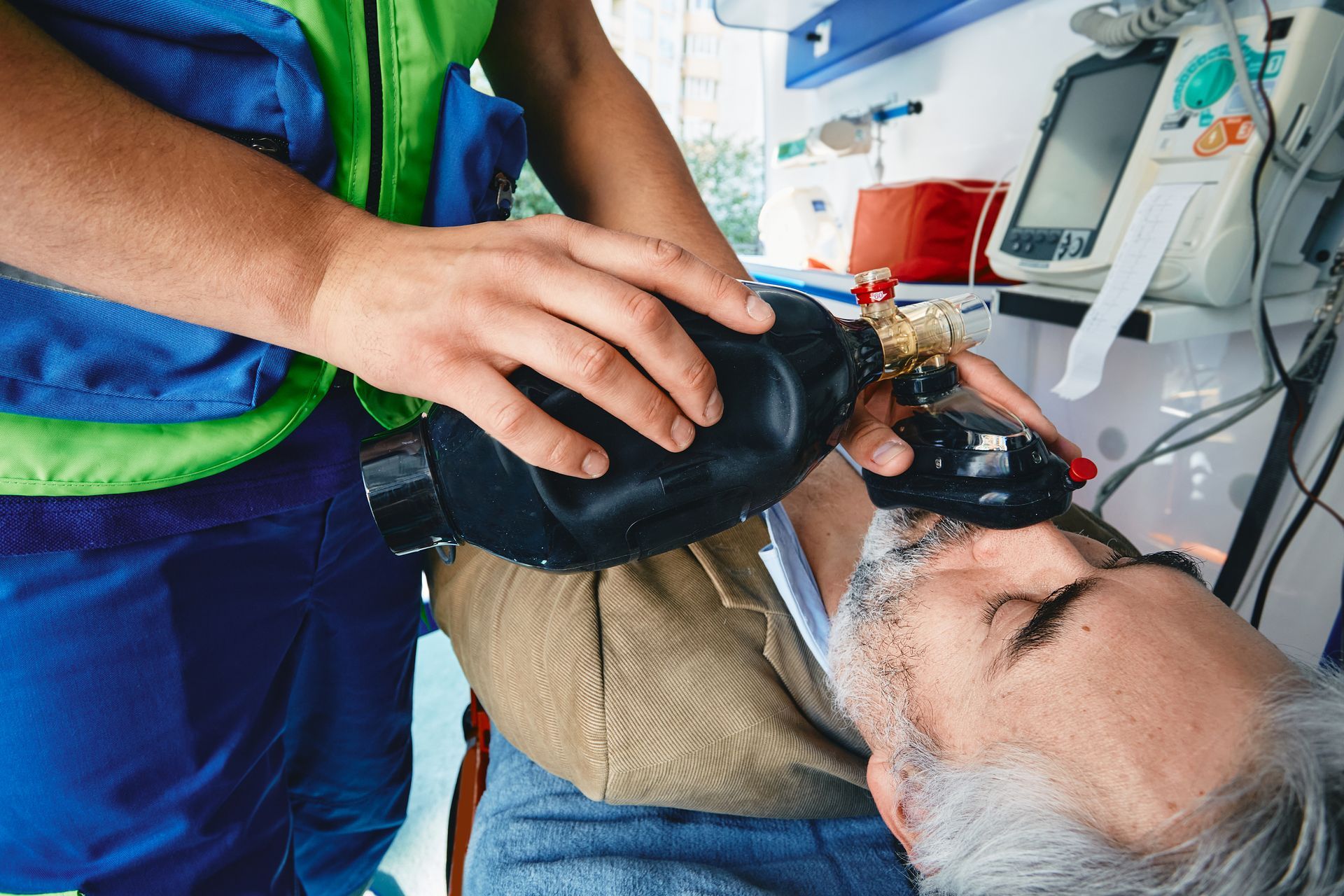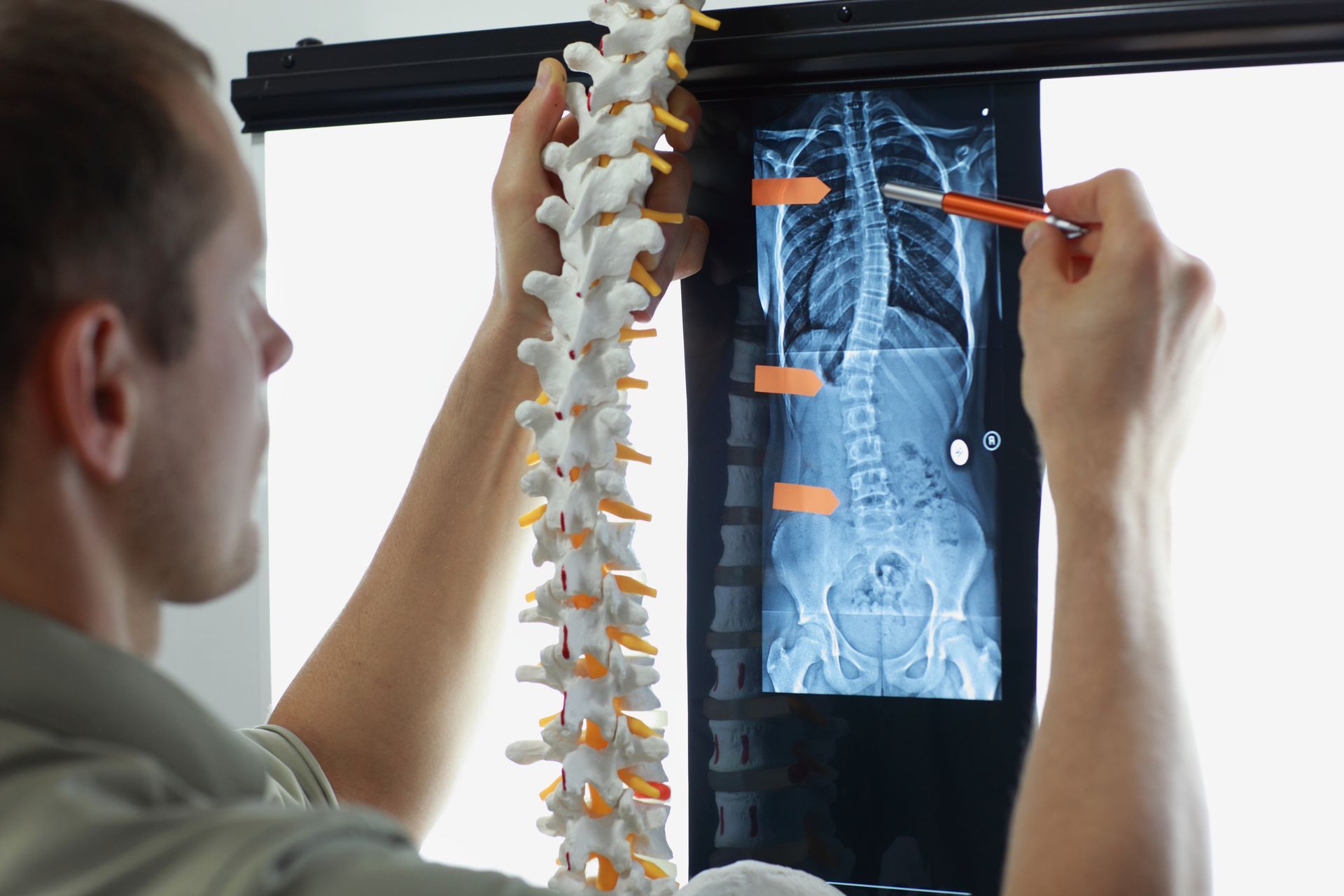Wisconsin Wrist Injury Attorney
Bones of the Wrist
Types of Fractures of the Wrist
All
Wrist Fractures
are either
Complete Wrist Fractures
or
Incomplete Wrist Fractures
. A
Complete Wrist Fracture
means that the bone is cracked all of the way through the bone. An
Incomplete Wrist Fracture
means the crack of the bone does not go all of the way through the bone.
A Comminuted Wrist Fracture
is one in which the bone has broken into a number of different pieces.
The most common type of Wrist Fracture
is a Scaphoid Bone Fracture, which may heal on its own in 4-8 weeks. However, if there is Non-Union of the Scaphoid, then casting or surgery may be required to properly allow the Scaphoid to join together.
A Distal Radius Fracture or Colles Fracture
is actually a break at the Radius Bone
as it enters the Wrist.
Treatment for a Broken Wrist
Uncomplicated Wrist Fractures
can be treated by Reduction
(putting the bone back in place), Casting
(putting a cast over the Wrist) and Immobilization
(using a sling or other device to prevent movement) of the Wrist. Surgery is often necessary to repair more serious Wrist Fractures, oftentimes, utilizing metal plates and screws during surgery to increase stabilization to the Broken Wrist. An Open Reduction
with Internal Fixation
means the site of the injury is opened by a surgeon, who then puts the bone back in place, removes any identifiable bone fragments and installs a metal plate and screws to repair the Wrist Fracture.
Prognosis for a Broken Wrist
The severity and type of the Wrist Fracture
will determine the ultimate prognosis. Wrist Fractures
commonly result in some type of permanent impairment, oftentimes with accompanying pain, limitation in range of motion and functional loss.
Wrist Dislocation Injury
Wrist Dislocation Injuries
are rare types of Wrist Injuries. The most common cause of Wrist Dislocations
is falling onto an outstretched hand with rotation of the hand. Wrist Dislocations
are often accompanied by a Fracture
to at least one of the bones within the Wrist.
Treatment of Wrist Dislocations
The proper course of treatment following Wrist Dislocation
is typically Reduction, which is the process of forcing the bones into proper alignment. Reduction
can be extremely painful and requires a significant amount of force. Once the Wrist
is back in proper alignment, X-rays are taken to determine the extent of any associated Wrist Fractures. The Wrist is then typically casted and the injury victim is required to return in a few days for follow-up X-rays. Wrist Dislocations
may or may not result in permanent wrist joint instability, loss of range of motion, weakness and ongoing pain.
Wrist Muscle, Wrist Tendon and Wrist Ligament Injuries
The
Wrist
contains a complex network of ligaments, tendons, joints, muscles, arteries, veins, nerves and blood vessels.
The main Wrist Ligaments
are as follows:
- Ulnar Collateral Ligament
- Transverse Carpal Ligament
- Radial Collateral Ligament
- Scapholunate Ligament
- Lunotriquetral Ligament
- Volar Ligaments
The following are common soft-tissue injuries to the Wrist:
- Sprain
– a stretch or tear to the Wrist ligaments (fibers connecting one bone to another bone)
- Strain
– a stretch or tear to the Wrist tendons (fibers connecting the muscles to the bones)
- Rupture
– a complete tear of an Wrist ligament or Wrist tendon
Wrist Sprains and Wrist Strains are classified in order of severity as follows:
- Grade I Wrist Sprain or Wrist Strain
- Grade II Wrist Sprain or Wrist Strain
- Grade III Wrist Sprain or Wrist Strain
It is important to keep in mind that Sprains and Strains
are stretches or tears of the Wrist Ligaments, Wrist Tendons
or Wrist Muscles. While many Wrist Sprains
and Wrist Strains
do heal with time, they may not heal completely. Although the damage may be microscopic and may not visible on current imaging techniques such as MRI, this does not mean that Wrist Sprains
and Wrist Strains
may not result in serious and severe pain and permanent impairment.
Treatment of Wrist Tendon, Wrist Ligament and Wrist Muscle Injuries
The treatment of
Wrist Injuries
is largely dependent on the specific injury sustained. The different types of treatment can include the following:
- Immobilization
- Physical Therapy
- Massage Therapy
- Ultrasound
- Corticosteriod Injections
- Pain Medication and Muscle Relaxants
- Surgery
Contact an Experienced Wisconsin Wrist Injury Attorney
Each year innocent victims suffer
Wisconsin Wrist Injuries
as a result of the carelessness of another. It is critical that Wrist Injury victims have an attorney that understands Wrist Injuries and the potential ongoing problems that can result from
Wrist Fractures,
Wrist Tendon Injuries
and
Wrist Ligament Injuries.



